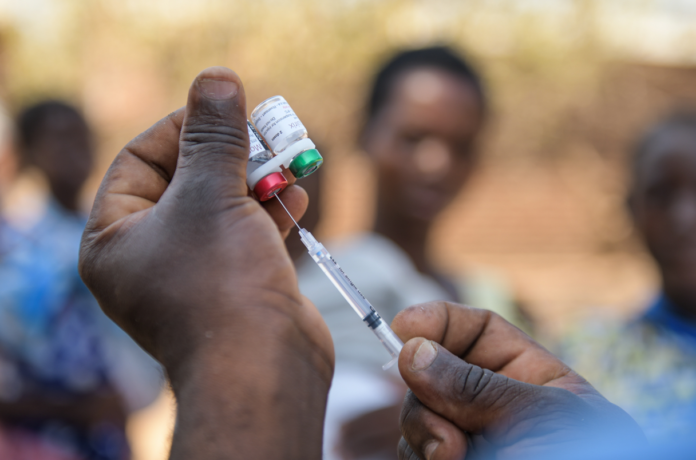By Amanda Ojeda
People have suffered from malaria for thousands of years, with the first recordings of the serious disease being in ancient Egypt and ancient Greece. It then heightened during the Roman Empire, due to major ecological changes that were caused by the rapid rise of deforestation. This brought up the question of how the disease is transmitted. Initial theories included, drinking swamp water, respiratory transmission from swamp vapors. This ultimately led to the draining of many swamps in the Roman Empire.
However, the first real treatment came in the 1630s, a time where specific drug therapy was a growing industry, using the bark of the cinchona bark. Another significant time of the antimalarial effort was introduced by Paul Hermann Müller, DDT an insecticide was very effective at killing mosquitoes, but was later banned in the United States due to environmental concerns.
In 1955, the World Health Organization (WHO) inaugurated its Global Malaria Eradication Campaign, focused mainly on spraying insecticides in “hot spots” for mosquitoes. In 1969, these efforts were put on hold due to the finding that mosquitoes developed a resistance to these insecticides, creating an even more disturbing strain of plasmodium.
Plasmodium parasites are transferred by the bite of female mosquitoes that carry the disease, who take in blood to nourish their eggs. The effects of the virus are shown through physical symptoms as soon as the week after, or as late as a month post contraction.
Symptoms include fever, headache, nausea, vomiting, diarrhea, and cramps. People with malaria generally have anemia, weakness, and an enlarged spleen. Many of these enlarged spleens can be seen in ancient Egyptian mummies, including Tutankhamun or King Tut.
As of 2021, 40 countries around the world have been declared malaria free by the WHO. That is a feat in and of itself, but the effort doesn’t stop there. Just recently, the same organization recommended the RTS,S/AS01 (RTS,S) malaria vaccine, for children living in sub-saharan Africa, and other places with concentrated malaria cases.
“Why only children”, one may ask. Well, the three most at risk groups for malaria include pregnant women, due to a lowered immune system, people who are immunocompromised, and children under the age of 5, who haven’t developed any natural immunity and still have a developing immune system. Children under the age of 5 accounted for 67% (274,000 people), of the global malaria casualties.
The pilot programme, which was based in Ghana, has shown promising results, and reached over 800,000 children. Now, kids as young as 5 months old are able to receive the 4 dose vaccine.
Dr. Matshidiso Moeti, WHO Regional Director for Africa said, “For centuries, malaria has stalked sub-Saharan Africa, causing immense personal suffering…We have long hoped for an effective malaria vaccine and now for the first time ever, we have such a vaccine recommended for widespread use. Today’s recommendation offers a glimmer of hope for the continent which shoulders the heaviest burden of the disease and we expect many more African children to be protected from malaria and grow into healthy adults.”
The benefits of the vaccine are not restricted to only those receiving it. The accessibility of the vaccine is a great step in equitable healthcare access, it is so far reaching that research shows, ⅔ of children who aren’t sleeping under a bednet, benefit from the vaccine. The vaccine also proves to be cost effective, including the shipping costs. But most of all, these kids have a better chance of growing up and leading happy, healthy, and safe lives.

